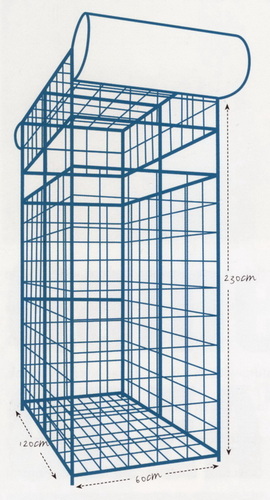
The great white cage diving technique used in South Australia has evolved over many years. But the start of it all was back in late 1965 when Rodney Fox, together with Ron and Valerie Taylor, set out to film great whites for the first time.
The inspiration for the very first cage came during a visit to Adelaide Zoo by Rodney, with his wife Kay and their young niece Merridy. Rodney had been pondering how to safely be in the water with great whites. When the sight of lions and tigers in their enclosures gave him the idea of making something that would protect humans should a great white attack.
Instead of putting the dangerous animal inside an enclosure that allows humans to observe them safely. The humans would be enclosed, so the dangerous animals could observe them.
Rodney designed a two-person cage, complete with flotation tanks and viewing area. Then had it constructed locally in Adelaide with the steel mesh used in reinforced concrete. It worked well, floating safely and providing the protection required.
However, while curious sharks in the immediate area would check it out, it was not the “shark magnet” hoped for… More was needed to get the sharks to come in close.
Great White Cage Diving Technique – Attractants….
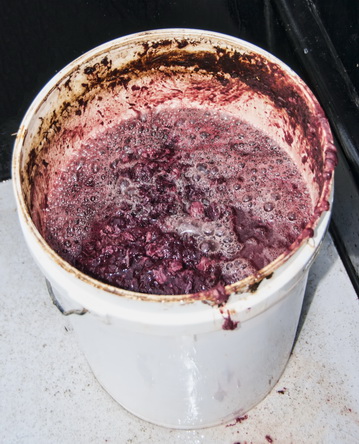
“Attractants” is the polite way of describing the berley used to get the attention of the great white sharks.
Because great whites are known to gather around dead whales. Drawn to the carcass by the rotting flesh and the opportunity to feast on the high-fat and nutritious blubber. One of the very first attractants tried was whale oil.
Over time other delicacies like horse meat were tried with varying degrees of efficacy. Quite what those delicacies were was kept a closely guarded secret. Leading to many stories and rumours about the “witches’ cauldron” – as it was nicknamed…
Being an apex predator, great white sharks have very highly tuned senses, which enable them to efficiently home in on potential prey. And the most sensitive of those senses is smell.
The “nostrils” of a great white are located on the underside of their snout. Those openings lead to an organ called the olfactory bulb, which processes the signals recieved. And the great white’s bulb is said to be the largest of any shark. Their sense of smell is so strong they are said to be able to detect substances at a concentration of just 1 part per 10 billion parts of water!
Great White Cage Diving Technique – Or Should That Be Stimulants?
They also have a very stong sense of sound. And the receptors in their “ears” (two small openings above and behind the eyes) can detect very low levels of vibration. Something they also use to great effect when hunting their prey.
Plus they have an additional capability way beyond what we humans can sense. It’s called electro-reception and means they can detect an electrical field through their Ampullae of Lorenzini. This series of mucus-filled pores on their snout can sense both the power of an electrical field and its direction. And, it is believed (but not yet proven) that capability is what allows great whites to navigate in the open ocean using the Earth’s magnetic fields.
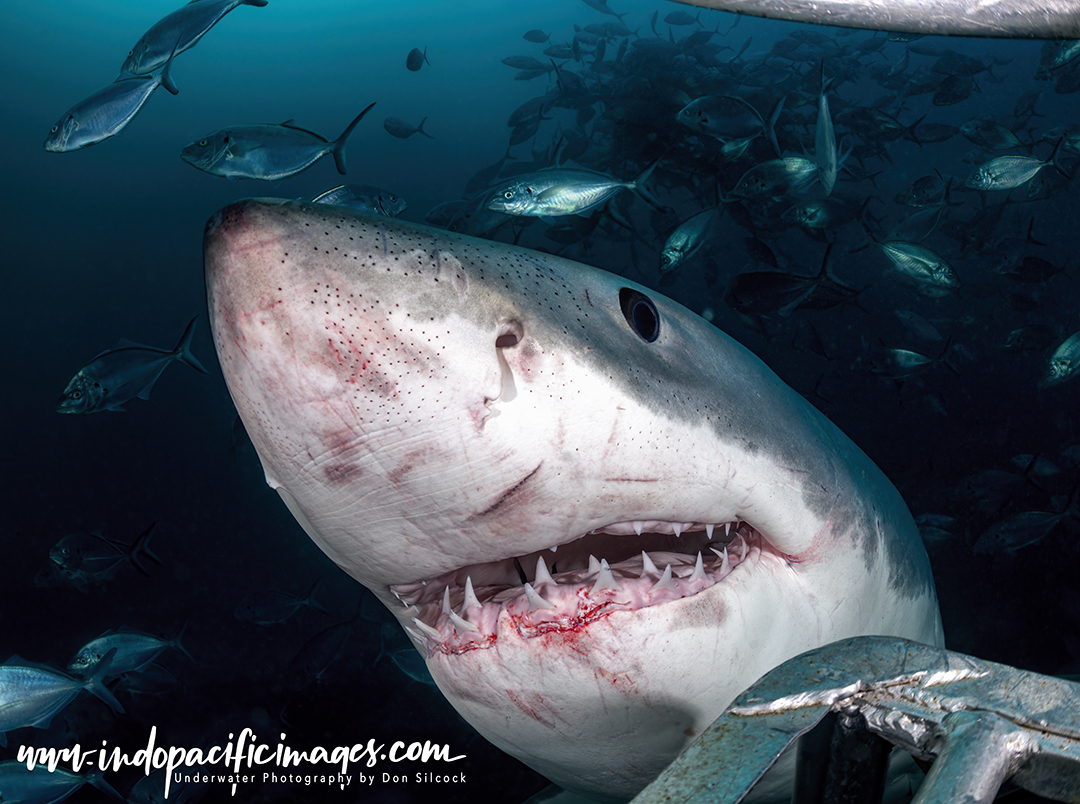
Great White Cage Diving Technique – Viewed Differently…
Think about all this from the perspective of the great white sharks at the Neptune Islands. They are there because the islands have one of the largest seal colonies in Australia. Which means a known source of food to the sharks – one which they know how to hunt for.
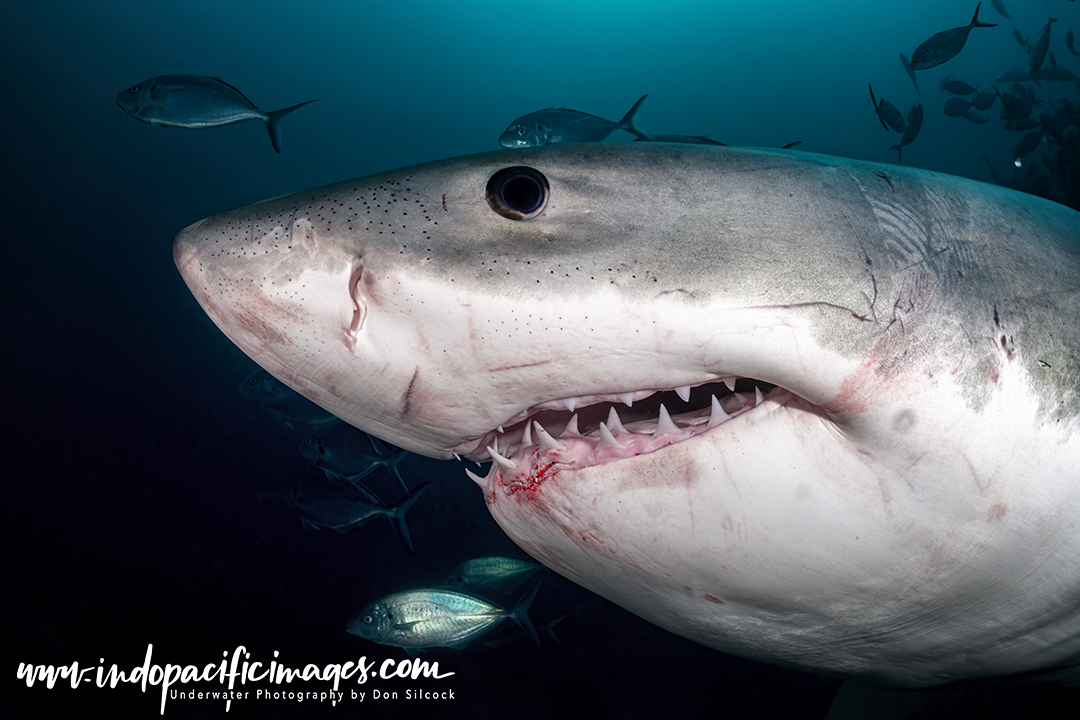
But seals are not easy to catch. They are fast, plus they can dodge and weave like their lives depend on it (because it does). The sharks know how to deal with that and their success comes down to their skill. It’s all a finely balanced mechanism.
Then the cage diving boats arrive emiting incredible amounts of noise, together with a complex array of electrical signals… And then they start berleying!
The net impact of all that stimulation should send the sharks in to sensory meltdown. But we are dealing with a superbly evolved apex predator.
And you don’t ascend to the top of the food chain without a strong degree of inherent caution.
Does That Matter?
Australia in the 2020’s is a different country than it was when great white cage diving started in the 1960’s. The Neptune Islands, where it is conducted, is now a marine park governed by South Australian government regulations.
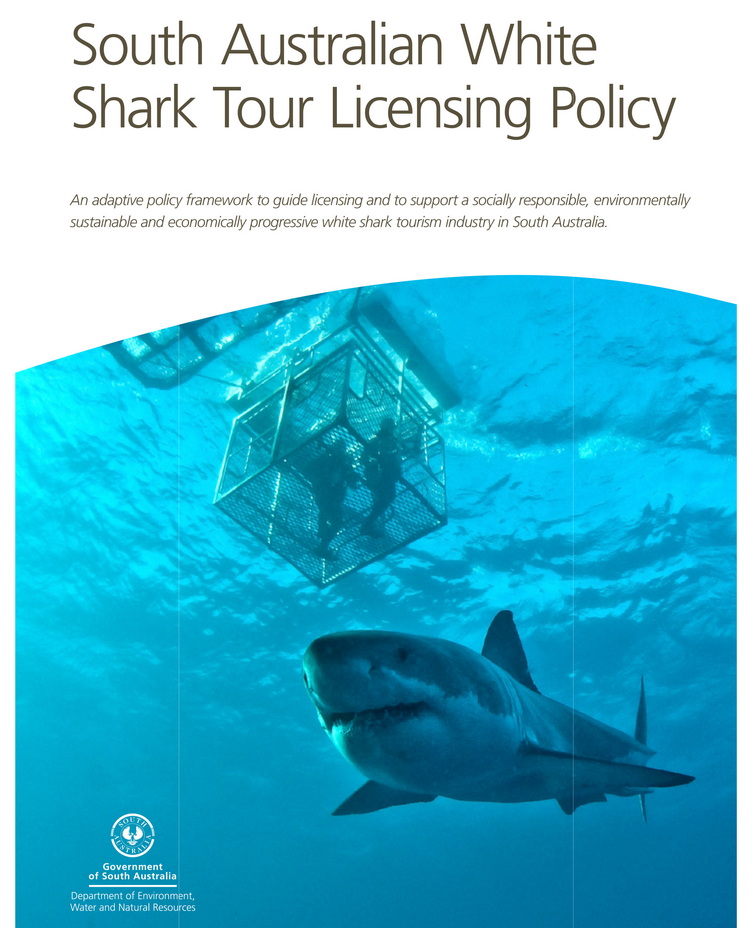
Specifically those of the Department for Environment and Water who, it has to be said, have a tough balancing act to perform.
On the one hand, there are two shark cage diving operators .Who, between them, employ around 70 people and bring in over $11m in the state. Revenue that is highly unlikely to have gone to Port Lincoln if it weren’t for the cage diving.
Then, on the other hand, there is a very vocal anti-cage diving lobby. Who argue strongly that the behaviour of the great whites is being changed for the worse. Making them more dangerous to humans and more likely to attack.
The facts and the science simply do not support that (in my opinion…). But those strongly held opinions clearly have to be taken in to account. That balancing act is woven in to the Licensing Policy that regulates the operators and therefore the overall industry.
Basically what the policy tries to do is allow the industry to continue in sustainable manner. While addressing the major concerns that have been validated by the scientic research done to date. Specifically, that because of the shark cage diving activity, great whites may be staying longer than normal at the Neptune Islands than they normally did.
Great White Cage Diving Technique – How it Works…
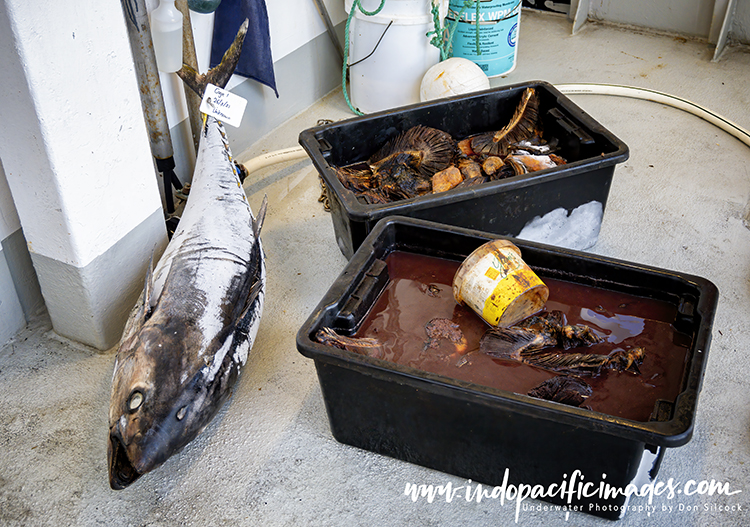
The Licensing Policy addresses those concerns by capping the number of operators at a maximum of three. With only two of the operators allowed to use “attractants”.
It also maintains a limit on the overall number of days operators can cage dive at the Neptunes. With the idea being to minimise the exposure of the sharks to attractants.
Similarly, only fish-based attractant is allowed and there is a physical limit of 100kg per day per operator. So, long gone are the days of the “witches’ cauldron”.
The sharks cannot be fed directly. Baits are in the water but the crew pull them out of the way of an approaching shark, But sometimes ther shark is too quick, or approaches from below and takes the bait.
In which case all activity is stopped for 15 minutes to calm everything down!
Great White Cage Diving Technique – The Practicalities!
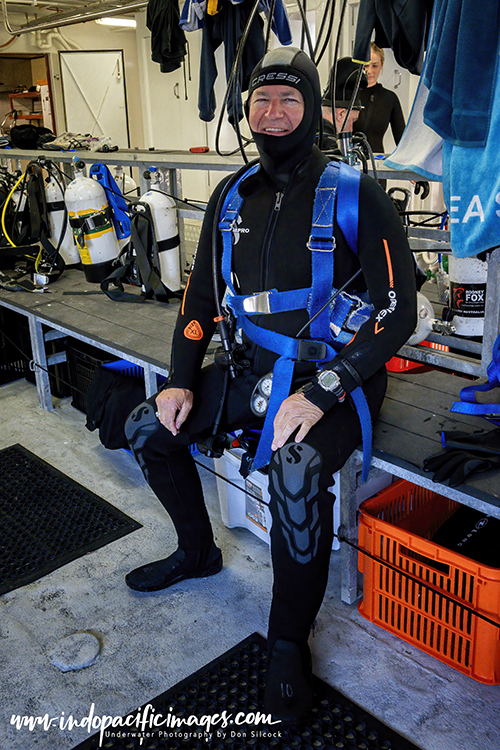
Whether you are in the surface cage or go down in the ocean floor version, the basic thing is that you need to be heavily weighted. And I mean heavily… If you aren’t, the inherent buoyancy in your dry or thick wetsuit (the Neptunes can be cold…) will have you floating around the cage!
That means wearing a weight harness or multiple regular weight belts. Being heavily weighted allows you to position yourself in your allocated corner of the cage. And stay there by hooking your feet under the strategically positioned rails on the cage floor. All of which means you are as comfortable as possible and well positioned to enjoy the show!
Great White Cage Diving Technique – Is it Dangerous?
In a word no… Provided of course you follow the rules and refrain from being stupid! Rodney Fox’s original design has been refined and enhanced over the years. The cages are now made of aluminium, are much bigger and stronger than the original steel ones. Plus they are also much more stable and comfortable.
The viewing areas are where failing to follow the rules can get you in trouble. It is easy to let your guard down and allow your elbows out of the cage and you just never know when a shark could sneek up!
The briefings before you get in the cage are both excellent and comprehensive. If you follow them then you will be completely safe. If the truth is told, the most dangerous part of it all is getting in to the surface cage with all those weights on. So, expect to be very closely watched as you do that . But once you are in the cage, follow the instructions and you are good!

Back To: A Guide to Australian Great Whites
